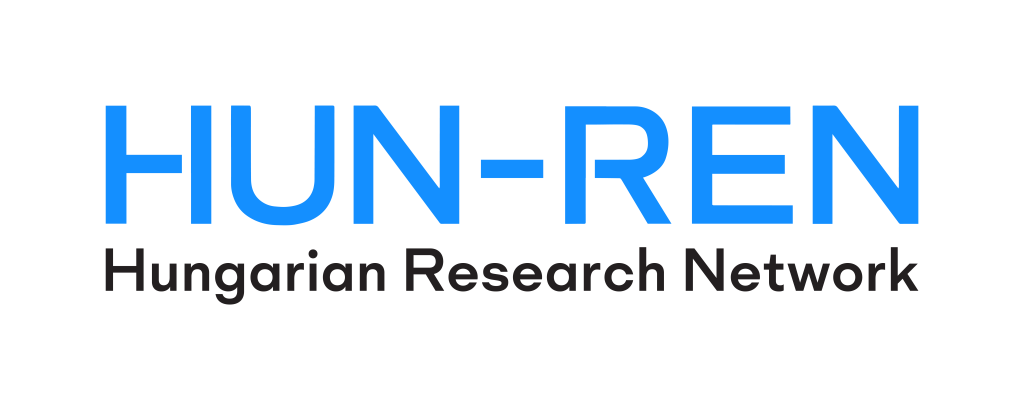(No) country for old men?
Intergenerational welfare distribution across welfare state regimes
Abstract
Purpose
The article examines the interplay between welfare state regimes and the distribution of welfare between generations.
Design/methodology/approach
Using data from 2017 for 24 European countries on six standard of living dimensions, the authors investigate the intergenerational welfare distribution in a two-stage procedure: (1) the authors compare the intergenerational welfare distribution across welfare state regimes using their existing typologies and find a moderate nexus. Therefore, (2) the authors employ clustering procedure to look for a new classification that would better reflect the cross-country variation in the intergenerational welfare division.
Findings
The authors find a complex relationship between the welfare state model and welfare distribution across generations and identify the policy patterns that shape it. Continental and liberal regimes are quite similar in these terms and favour the elderly generation. Social-democratic and CEE regimes seem to be a bit more balanced. COVID-19 pandemic will probably increase the intergenerational imbalance in terms of welfare distribution in favour of the elderly.
Originality/value
In contrast to the majority of previous studies, which employ inputs (social expenditures) or outputs (benefits, incomes), the authors use intergenerational balance indicators reflecting living conditions of a given generation as compared to the reference point defined as an average situation of all generations.
Keywords: Intergenerational fairness, Ageing, Welfare state, Welfare distribution, Clustering



